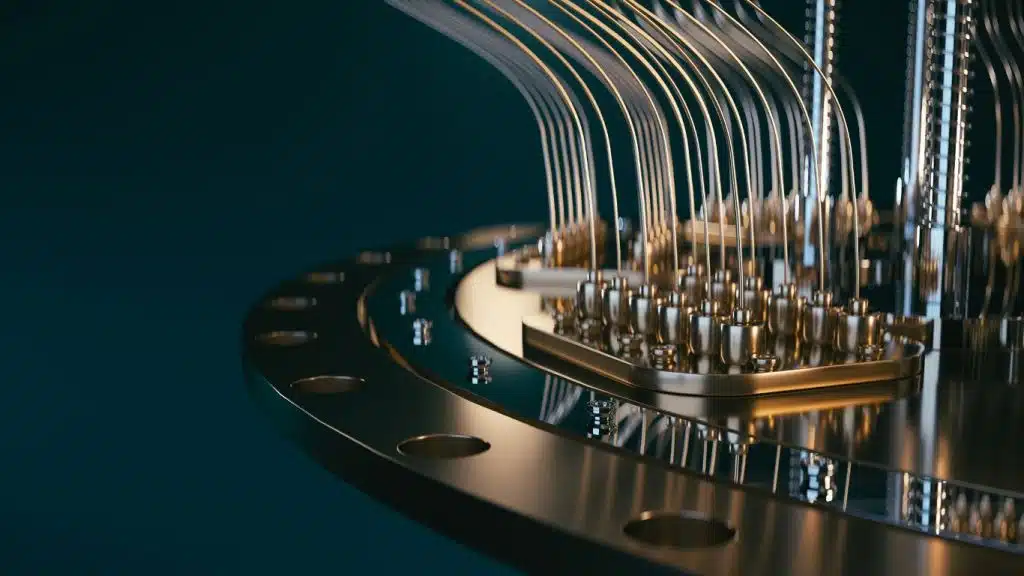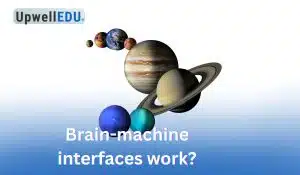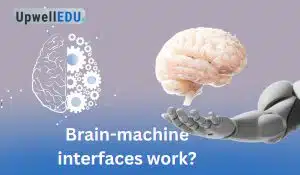How do quantum computers differ from classical computers? Quantum and classical computers take distinct paths in processing information. Classical machines, which run today’s data centers and personal devices, use bits. These bits are either 0 or 1 and follow precise logical gates. Quantum computers, on the other hand, tap into the strange world of quantum mechanics: superposition, entanglement, and interference. They use qubits, which can represent both 0 and 1 simultaneously. This feature allows them to perform certain calculations in parallel and at an exponential scale.
1. Bits vs. Qubits: The Fundamental Units
- Classical Bits: A bit is the smallest unit in classical computing. It clearly exists as either 0 or 1. All classical operations, like addition and logic, are based on these bits.
- Quantum Qubits: A qubit, however, exists in a superposition of both states. Mathematically, it is expressed as |ψ⟩ = α|0⟩ + β|1⟩. Here, α and β are complex amplitudes that define the probability of measuring each state.
2. Superposition & Parallelism
- Classical Execution: To test N inputs, a classical computer checks each combination one by one. This takes O(N) time for N cases.
- Quantum Parallelism: A quantum computer can evaluate a function for all 2ⁿ possible inputs at once, thanks to superposition. Smart algorithms then interfere with amplitudes to highlight correct answers and cancel out incorrect ones, speeding up specific problems exponentially.
3. Entanglement: Beyond Independent Qubits
Entanglement links qubits so that measuring one instantly affects another, even at a distance. This unique connection has no classical equivalent and is key to quantum teleportation, superdense coding, and critical quantum algorithms.
4. Interference: Steering Towards the Right Answer
Quantum algorithms adjust probability amplitudes using constructive and destructive interference. Algorithms like Grover’s search and Shor’s factorization use this technique to focus on correct results, significantly reducing the number of operations needed.

Computational Power & Complexity
1. Problem Classes: P, NP, and Beyond
- Classical P & NP: P problems can be solved in polynomial time by classical computers. NP problems have solutions verifiable in polynomial time but may require super-polynomial time to solve.
- BQP: Bounded-error Quantum Polynomial time (BQP) is the class of problems that quantum computers can solve efficiently with high probability. BQP includes some problems thought to be outside classical P, like integer factorization.
2. Notable Quantum Algorithms
- Shor’s Algorithm: This algorithm can factor large integers in O((log N)³) time, posing a threat to RSA encryption used today.
- Grover’s Algorithm: It offers a quadratic speedup for unstructured searches: O(√N) compared to O(N) for classical brute-force searches.
Real-World Implementations & Challenges
1. Physical Realizations of Qubits
- Superconducting Qubits (IBM, Google): These use tiny circuits cooled to near absolute zero and have coherence times of about 100 µs.
- Trapped Ions (IonQ, Honeywell): Ions held in electromagnetic traps have longer coherence but slower gate speeds.
- Photonic Qubits (Xanadu): These utilize light particles in waveguides. They work at room temperature but face challenges in entanglement and detection.
2. Decoherence & Error Correction
Quantum states are fragile. Decoherence happens when a quantum state interacts with its environment. It destroys superposition and leads to errors. Quantum error-correction codes, like surface codes, require many physical qubits to encode one logical qubit, complicating scalability.
3. Current Roadmaps
- IBM: The 127-qubit “Eagle” is available now, with plans for 4,000 qubits by 2026.
- Google: The 54-qubit “Sycamore” achieved quantum supremacy on a specific task and aims to scale beyond 1,000 qubits next.
- Rigetti provides a cloud service that blends quantum and classical computing. Their focus is on algorithm co-design using 80-qubit processors.

Applications Transforming Industries
1. Cryptography & Cybersecurity
Quantum computers can easily factor large numbers, threatening RSA, ECC, and other encryption methods. Organizations are actively developing “post-quantum” cryptographic standards to ensure security when large-scale quantum computers arrive.
2. Drug Discovery & Material Science
Simulating quantum chemistry on a large scale may lead to new drugs, catalysts, and battery materials. Startups like Zapata Computing and QC Ware collaborate with pharmaceutical companies to explore these simulations on today’s noisy intermediate-scale quantum (NISQ) devices.
3. Optimization & Logistics
Supply-chain routing, portfolio optimization, and traffic flow often rely on combinatorial optimization. These areas can benefit from quantum-inspired or hybrid quantum-classical approaches.
Why upwelledu Is Your Best Source
- We make quantum physics easy to grasp. We use simple analogies, like bits as coins and qubits as spinning tops. This way, you can quickly understand the main ideas.
- Current Reporting: Our editors follow all major hardware and algorithm breakthroughs. This includes Chinese quantum satellites and new error-correction codes.
- Interactive Learning: Run code snippets in Google Colab. View embedded visuals and join community Q&A. You don’t just read; you get involved.
- Global Perspective: We collect insights from researchers at MIT, Tsinghua, Oxford, and others. This gives you a wide view of this fast-changing field.
Conclusion
Classical and quantum computing are not rivals but teammates. Classical machines handle most everyday tasks reliably. Quantum computers will solve tough problems that classical devices can’t handle. These include cryptography, molecular modeling, and complex optimizations. Understanding their differences, challenges, and applications prepares you for the next tech revolution. On upwelledu, you’ll find the clearest, most comprehensive guides to stay informed.
Read More Relevant Article
- Hormone Balancing Diet Plan
- Best Diet Plan for Hormone Balance
- Gluten-Free Protein Powders
- Best Protein Powders Without Gluten
- How Wireless Power Transmission Works
- Exploring the Science of Wireless Electricity
- How a Nuclear Power Plant Works
- Understanding Nuclear Power Plants
- Nanotechnology in Medicine
- How Nanotechnology Is Revolutionizing Medicine






